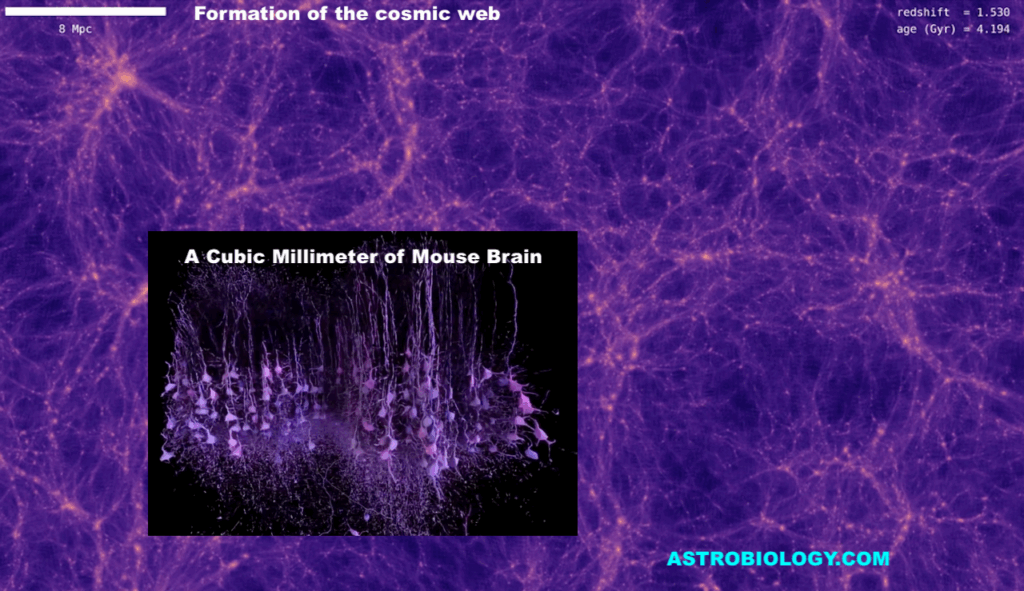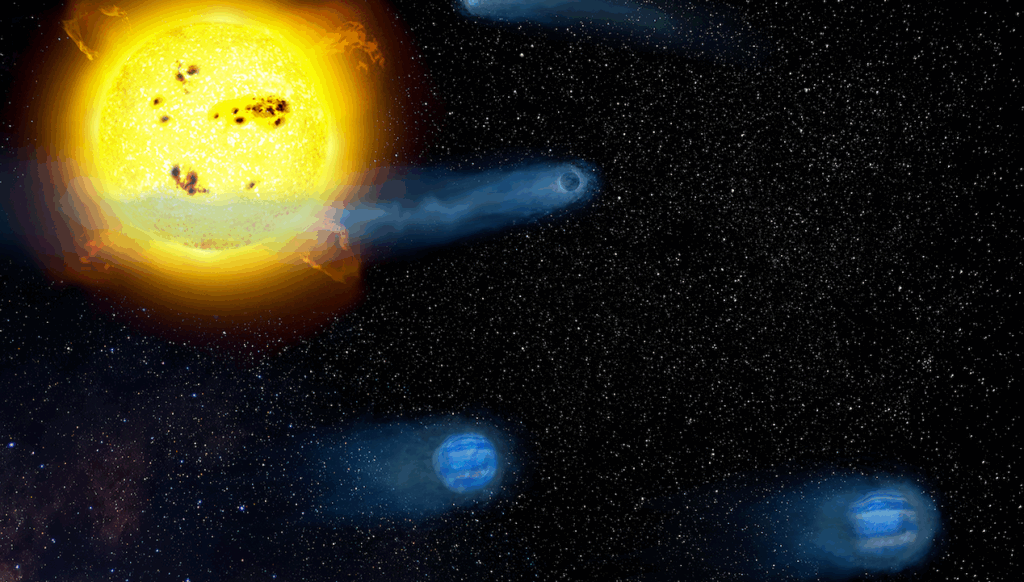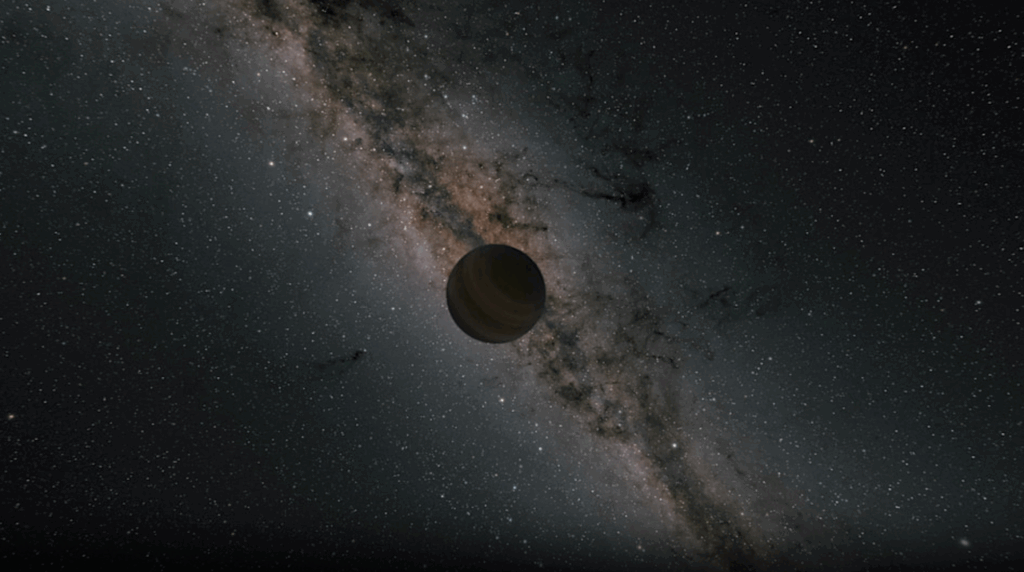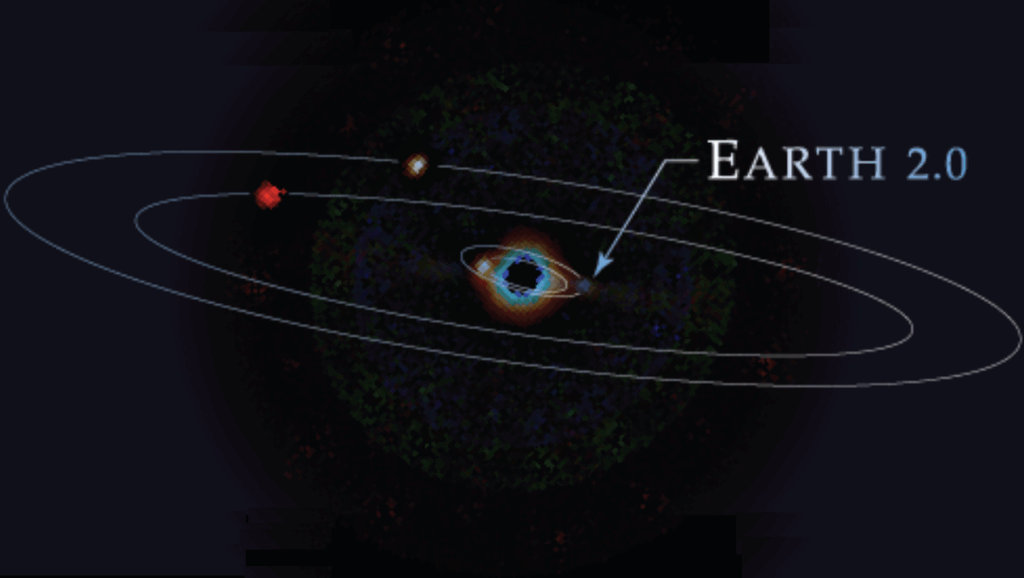Stellar Spectral-type (Mass) Dependence Of The Dearth Of Close-in Planets Around Fast-rotating Stars.

In 2013 a dearth of close-in planets around fast-rotating host stars was found using statistical tests on Kepler data. The addition of more Kepler and Transiting Exoplanet Survey Satellite (TESS) systems in 2022 filled this region of the diagram of stellar rotation period (Prot) versus the planet orbital period (Porb). We revisited the Prot extraction of Kepler planet-host stars, we classify the stars by their spectral type, and we studied their Prot-Porb relations.
We only used confirmed exoplanet systems to minimize biases. In order to learn about the physical processes at work, we used the star-planet evolution code ESPEM (French acronym for Evolution of Planetary Systems and Magnetism) to compute a realistic population synthesis of exoplanet systems and compared them with observations. Because ESPEM works with a single planet orbiting around a single main-sequence star, we limit our study to this population of Kepler observed systems filtering out binaries, evolved stars, and multi-planets.
We find in both, observations and simulations, the existence of a dearth in close-in planets orbiting around fast-rotating stars, with a dependence on the stellar spectral type (F, G, and K), which is a proxy of the mass in our sample of stars. There is a change in the edge of the dearth as a function of the spectral type (and mass). It moves towards shorter Prot as temperature (and mass) increases, making the dearth look smaller. Realistic formation hypotheses included in the model and the proper treatment of tidal and magnetic migration are enough to qualitatively explain the dearth of hot planets around fast-rotating stars and the uncovered trend with spectral type.
R. A. García, C. Gourvès, A. R. G. Santos, A. Strugarek, D. Godoy-Rivera, S. Mathur, V. Delsanti, S. N. Breton, P. G. Beck, A. S. Brun, S. Mathis
Comments: Accepted in A&A. 13 pages, 8 figures
Subjects: Earth and Planetary Astrophysics (astro-ph.EP); Solar and Stellar Astrophysics (astro-ph.SR)
Cite as: arXiv:2311.00108 [astro-ph.EP] (or arXiv:2311.00108v1 [astro-ph.EP] for this version)
Submission history
From: Rafael A. Garcia
[v1] Tue, 31 Oct 2023 19:34:56 UTC (3,287 KB)
https://arxiv.org/abs/2311.00108
Astrobiology








